In the summer of 2017 I was asked to contribute to the Cork City FC match day programme. With University College Cork as the main sponsors of the club it was a nice fit and a chance to engage with the wider community in Cork.
I decided to touch on the general issue of championship uncertainty and the unique place that the League of Ireland holds when it comes to competitive balance. Within the article, which appeared in the match-day programme on the 9th of July 2017, I said the following:
"Often league success has been followed by a period of gradual decline, ending in financial distress and in some cases even relegation. The cycle of champions to relegation could take less than a decade to be complete. This rarely happens in other European leagues where followers will probably know Bayern Munich have just won their fifth consecutive league title, Juventus secured a sixth Seria A title, while Celtic have also been crowned champions for the past six seasons, and finished the current campaign unbeaten."
This may now become all too true for Cork City [again]. It has not taken a decade, but rather three years. The club remains bottom of the Premier Division in Ireland, and while relegation is still very much avoidable, less than 3 years ago the club won a historic league and cup double.
How can you go from double winners to relegation candidates in less than 36 months?
In few (of any) other European league does a team that wins the domestic double face relegation 3 years afterwards. And it is not the first time. Why does it happen here?
I have previously explored the issue here and here. One of the figures in the links is presented again below. It demonstrates how quickly League of Ireland champions can go into a spiral of decline 1 to 4 years post winning the league. Cork City's decline is even more rapid.
The official UEFA 2017 Roll of Honour lists the league and cup champions that year for each nation member.
Should Cork City be relegated, the League of Ireland will be the only UEFA member where the 2017 league champions are no longer in the top division of their national league. This is an ongoing problem, and on which seems to be uniquely Irish. There is a need for the entire competition structure of the League of Ireland to be changed.
As I have said previously, the removal of promotion and relegation would be the first positive step in helping what was once infamously called "the problem child" of Irish football.
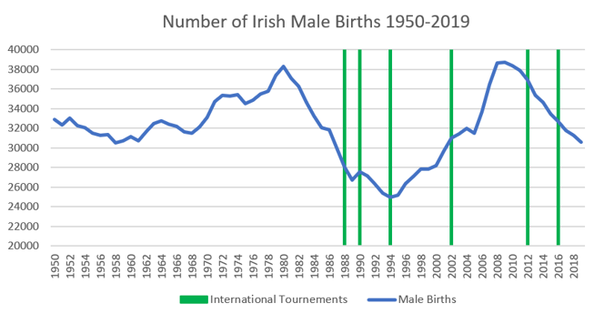
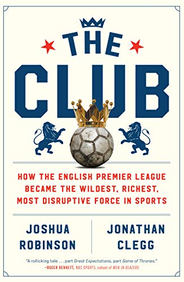

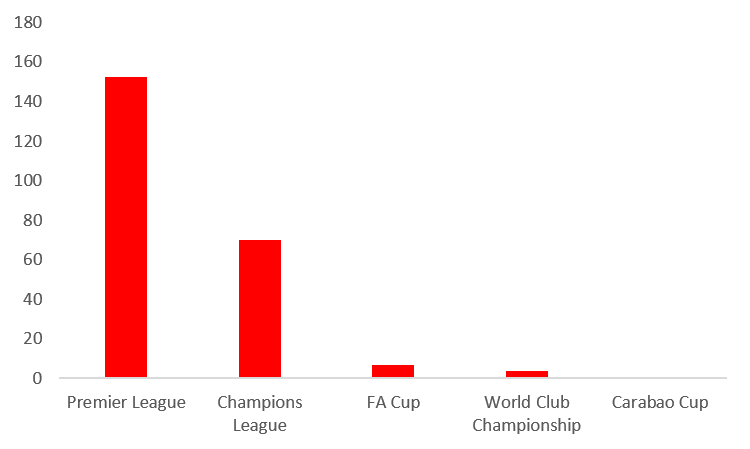
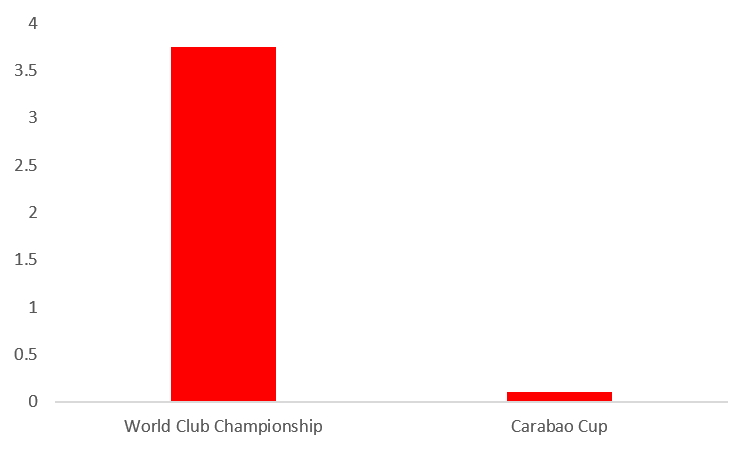
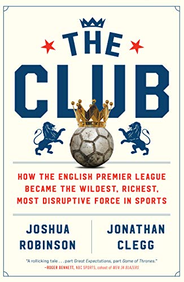
 RSS Feed
RSS Feed